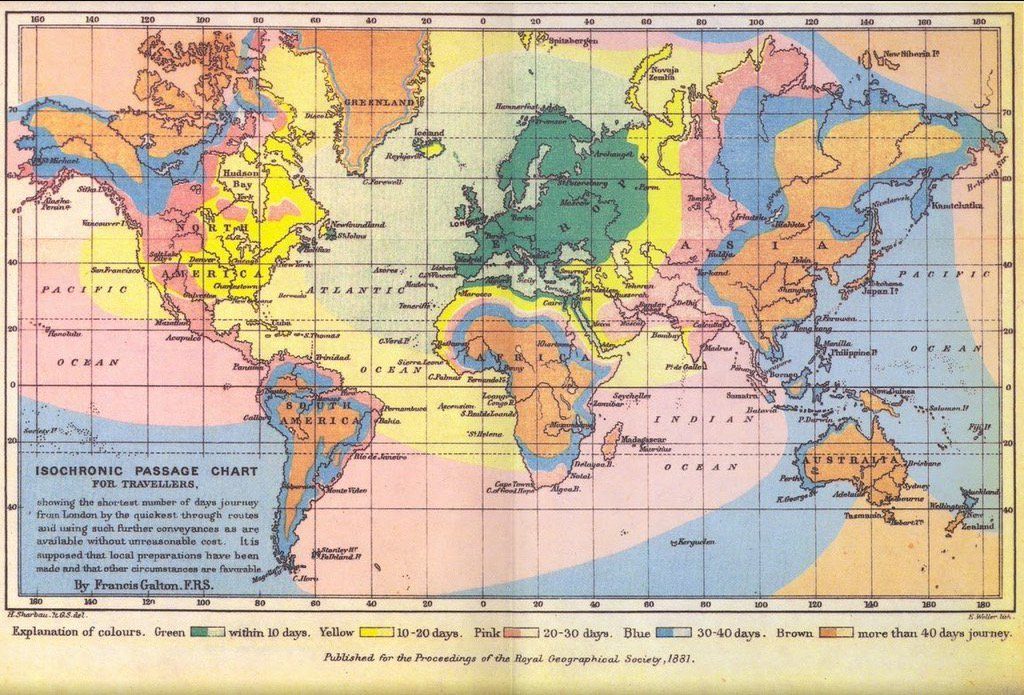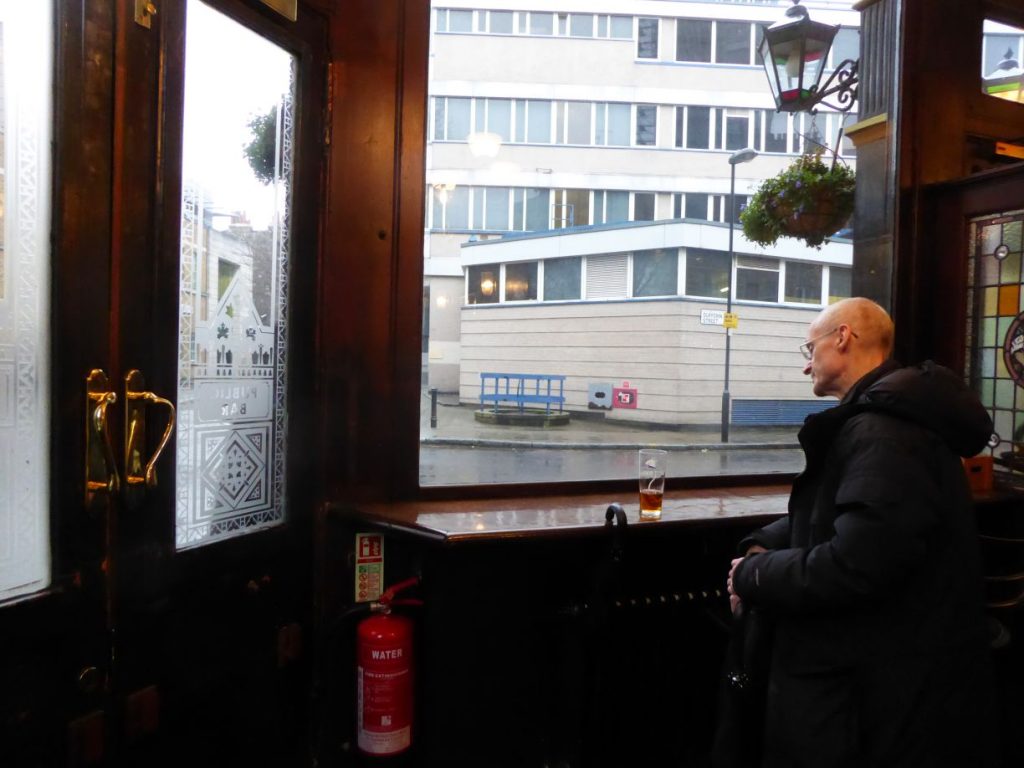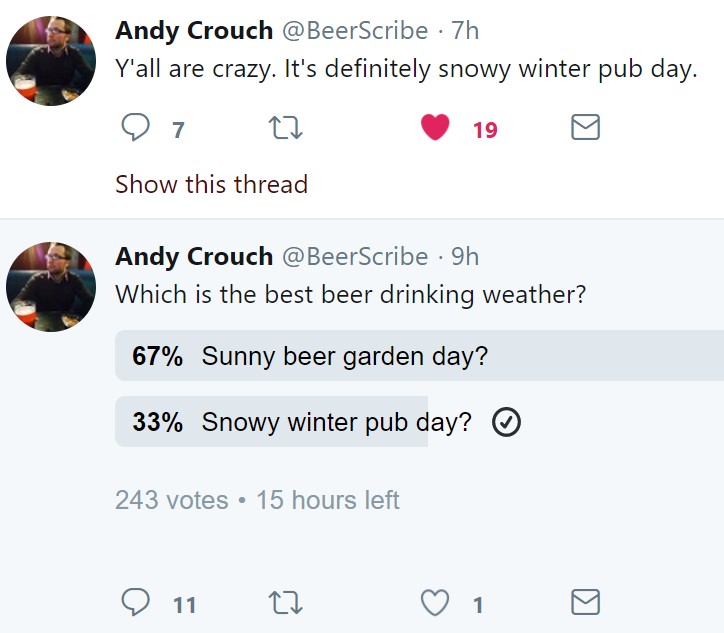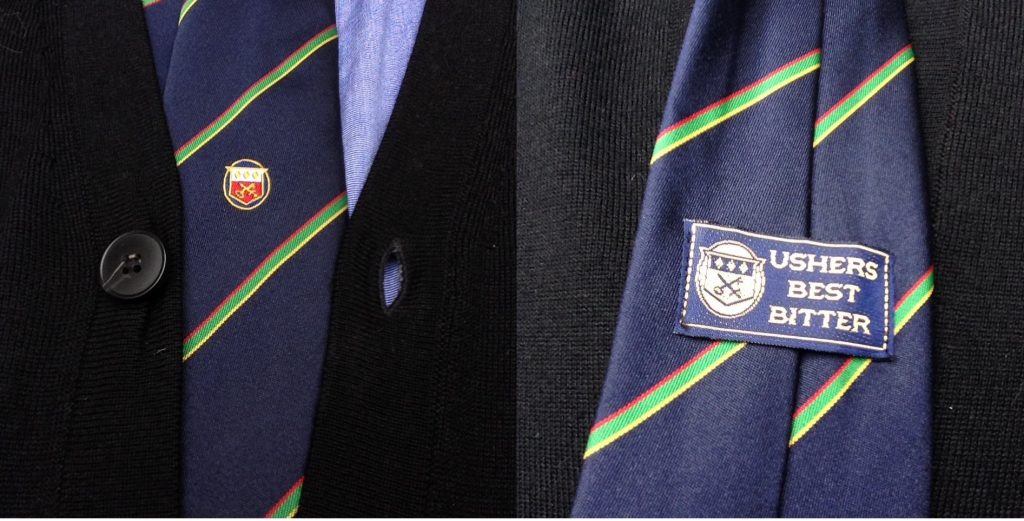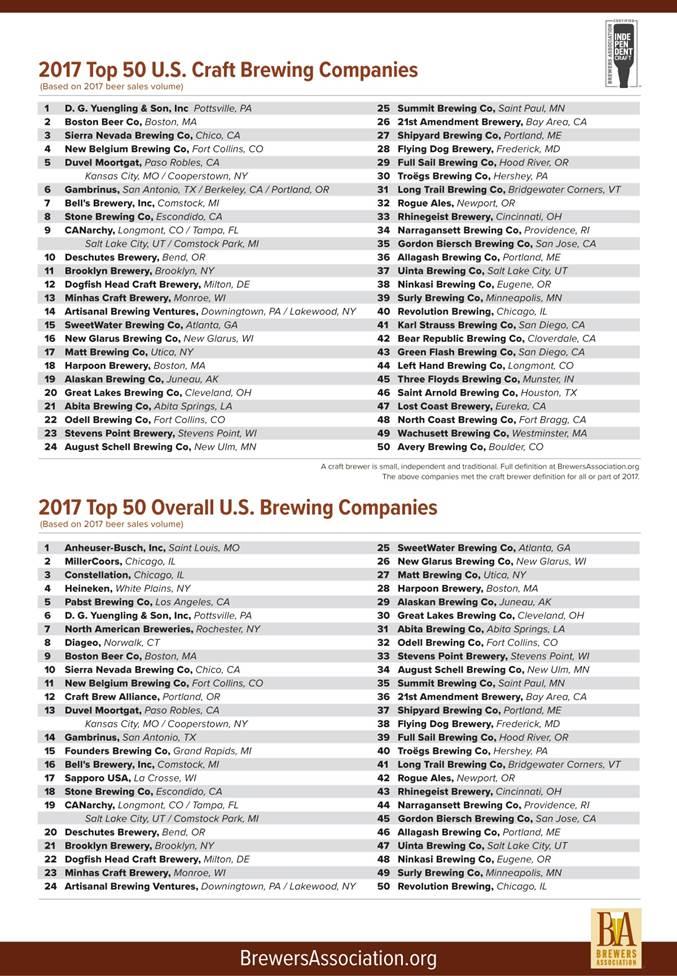 For this month’s edition of The Session, host and Expos successionist Tom Cizauskas has asked us to think about beer gardens:
For this month’s edition of The Session, host and Expos successionist Tom Cizauskas has asked us to think about beer gardens:
What is a beer garden? Or what isn’t a beer garden? Or what should a beer garden be? Or where is a beer garden? Is a beer garden a place of foliage and shrubberies? Or is it a plot of concrete with umbrellas? Is a beer garden an outdoor bar? Or an outdoor Biergarten pavilion with Gemütlichkeit und Bier? Or is a beer garden to be found at a brewery with a hop trellis de rigueur?
My problem is I have never been to a beer garden. Not really a Canadian thing. Oh, folk will talk to you about a patio but that is completely different.
So… I will mention two things. The first is that Joe Stange has written a particularly wonderful entry for this month’s contribution on the joys and, umm, realities of taking your family to an actual German Biergärten. It’s the sort of great writing that an editor of a beer magazine would reject and its publisher never pay for. It’s that good! The second thing is that while I have never been to a beer garden I have written about in the past, including this piece below from 2011 “Saturday Afternoon Beer As I Smoked Meat By The Shed” which, amongst other things but especially as the southern end of the yard has lost its lovely tree, reminds me how I can’t wait for the weather to warm up so I can fix up the shed roof, clean the place out, set up a chair and have some Saturday afternoon beer as I smoked meat by the shed as I listen to a baseball game drifting in and out on my tiny AM radio.
++++++++++++
After two weeks off that saw a lot of road, it was good to have a Saturday to commune with 5 pounds of pork and 5 hours next to the Weber set up as a smoker. As perfect a summer day as ever there was, the fire sparked quickly given the subtle breeze. I dry rubbed the joint for only an hour or so and then settled in for a long afternoon’s watch.
Despite the moment, I took a few scribbled notes:
⇒ Mill Street Organic Lager is a beer that had been mainly offered in an irritating 10 ounce bottles but is now available in 500 ml cans. It has a nice body for a 4.2% beer – some pale malt roundness framed by slightly astringent hopping leafing to an autumn apple finish. one of the few Canadian better sort of sessionable beers. Good beer at a good price that lets you have a few.
⇒ I should be grateful to have a Rickard’s Blonde in the fridge – because I happily downed the first two samples sent and then had to go back and ask for more. It’s a slightly sweeter lager than the Mill Street, a bit darker with a slightly peachy tone supported by heavy carbonation. Its light astringency is present from first sip onwards leading to a bit of a rougher hop finish. Its sameness from the sip to swallow got me thinking but it is quite worth buying for what it claims to be.
⇒ Hop Devil is an old pal that served as a change of pace mid-smoke. It pounds that crystal malt that some English beer commentators now suggest is overkill. The hops have black pepper and pine tree with maybe a bit of menthol. A beer I would happily have on hand anytime.
 ⇒ The Samson came my way care of a pal who was traveling through Quebec and found this at the Government SAQ store up in Gaspé on the Atlantic coast. Apple butter with molasses notes open up into black cherry. Bready and bready crusty make me think of the drink that Dr. Pepper wishes it was allowed to be. No need of this to be held out for the few and the easterly. Nothing Earth shattering but more evidence that Canada needs better beer distribution.
⇒ The Samson came my way care of a pal who was traveling through Quebec and found this at the Government SAQ store up in Gaspé on the Atlantic coast. Apple butter with molasses notes open up into black cherry. Bready and bready crusty make me think of the drink that Dr. Pepper wishes it was allowed to be. No need of this to be held out for the few and the easterly. Nothing Earth shattering but more evidence that Canada needs better beer distribution.
Shed. Beer. Shed beer. They held me in good stead as the afternoon wore on. Slow smoked the pork and slow passed the hours as I day dreamed about the human condition as well as the drawing to the end of holidays.











